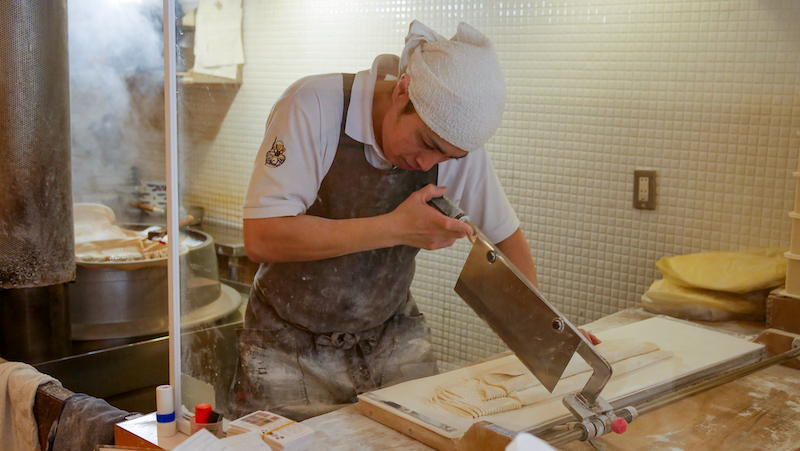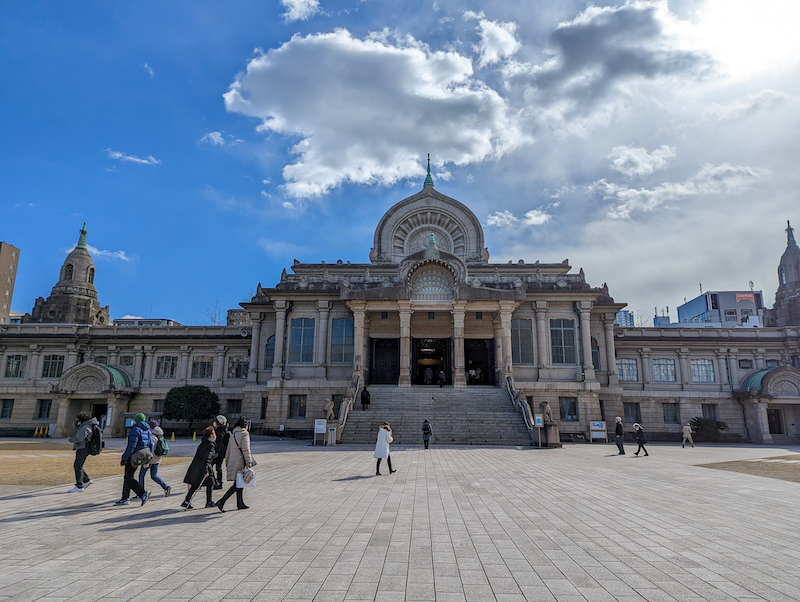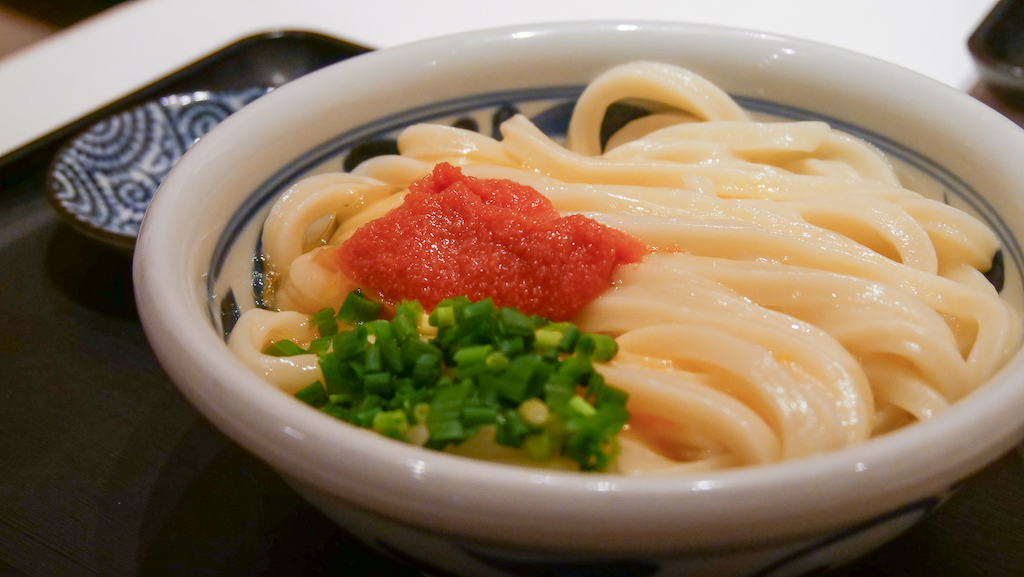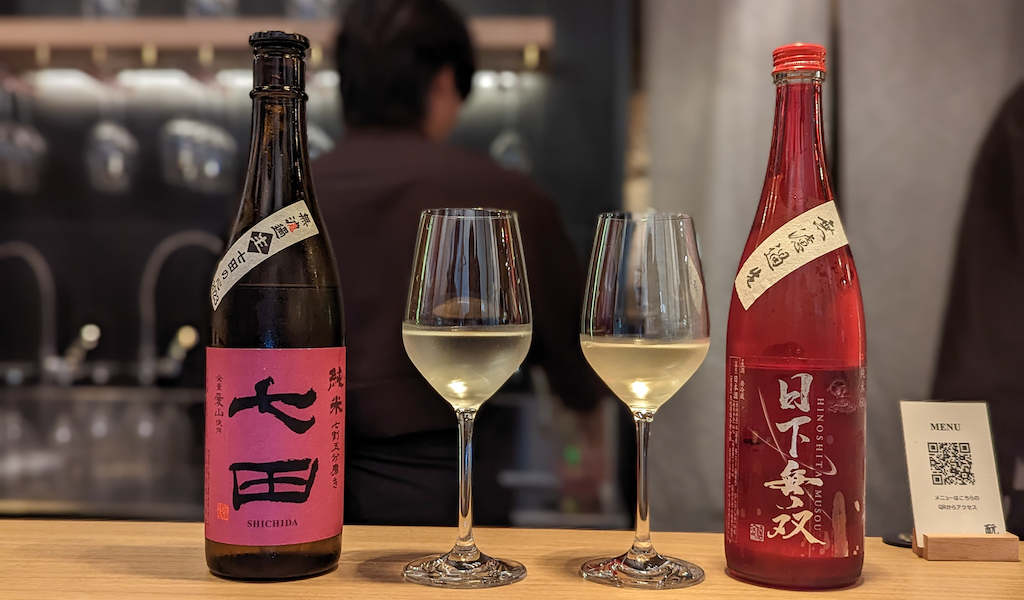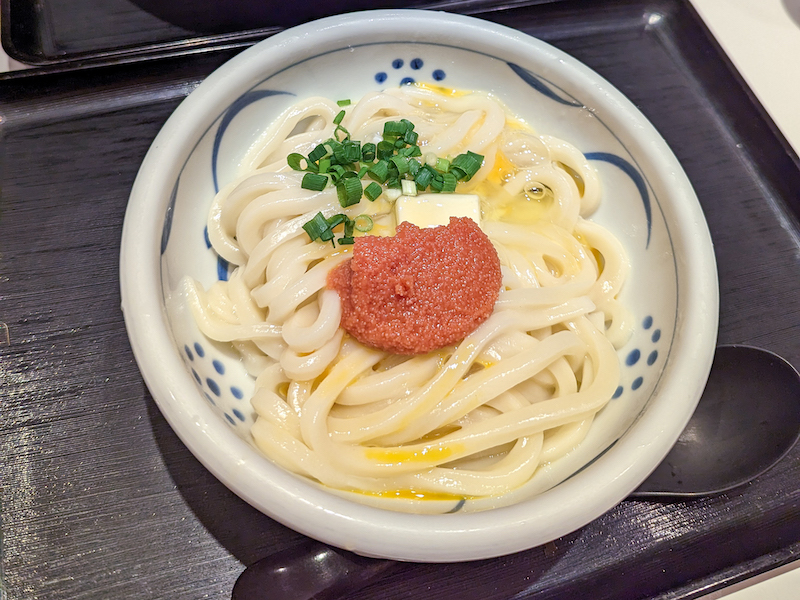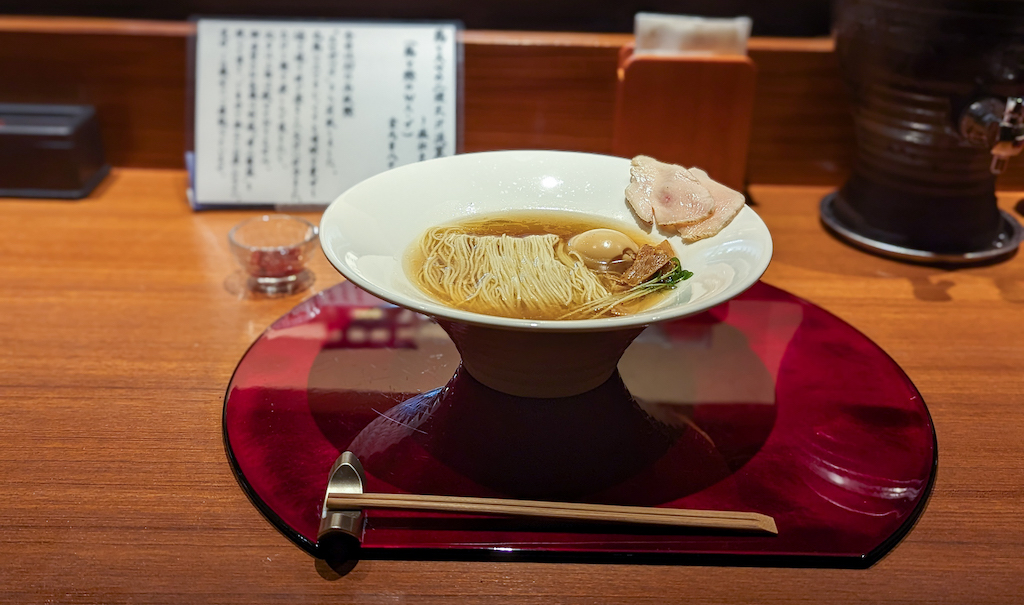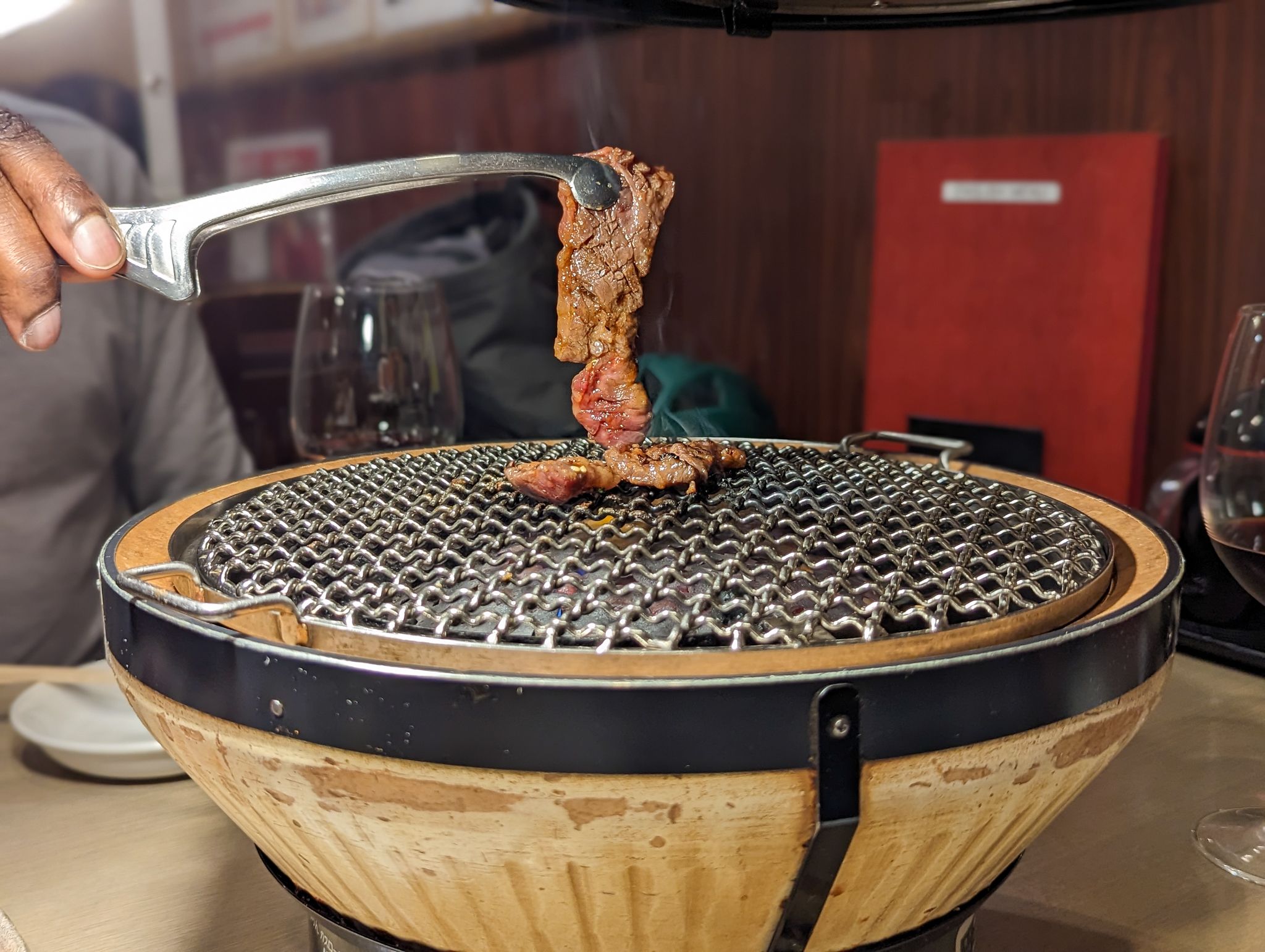We can't find the internet
Attempting to reconnect
Something went wrong!
Hang in there while we get back on track
Search results for "Phoebe Amoroso"
Tokyo
Taniya: Udon With Bounce
There’s a pocket of Tokyo, strolling distance from the stock exchange and the former commercial center, which feels like a step back in time. Ningyocho is filled with stores specializing in traditional crafts, some more than 100 years old. Here you can buy rice crackers or traditional Japanese sweets or head for a kimono, before watching kabuki (traditional Japanese theater) at Meijiza. On Ningyocho’s main street, just a few minutes from Suitengu Shrine which couples visit to pray to conceive a child or for safe childbirth, is a window. The window isn’t very wide, but a flurry of movement draws the attention of passersby. There, a broad-faced Kazuyuki Tani is making udon, bouncing – no, dancing – as he works.
Read moreTokyo
Cafe Tsumugi: Buddhist-Inspired Breakfast
Those arriving at Tsukiji Station on an early morning food hunt are most likely in pursuit of some breakfast sushi. Although Japan’s world-famous Tsukiji fish market relocated to Toyosu in October 2018, the ramshackle outer market remained, with its eclectic mix of household goods, tea and dried goods, and seafood donburi shops. Those in the know, however, might head for a different and very unusual breakfast experience in the area – one that has its origins in traditional vegan Buddhist cuisine. The most striking landmark upon exiting Tsukiji Station is not the market entrance, but the imposing Tsukiji Hongwanji temple. Set back from the road, this grey stone behemoth is modeled after ancient Buddhist architecture found in India and other Asian countries, with an arched roof rounded into a ringed point known as a sorin.
Read moreTokyo
Taniya: Udon With Bounce
There’s a pocket of Tokyo, strolling distance from the stock exchange and the former commercial center, which feels like a step back in time. Ningyocho is filled with stores specializing in traditional crafts, some more than 100 years old. Here you can buy rice crackers or traditional Japanese sweets or head for a kimono, before watching kabuki (traditional Japanese theater) at Meijiza. On Ningyocho’s main street, just a few minutes from Suitengu Shrine which couples visit to pray to conceive a child or for safe childbirth, is a window. The window isn’t very wide, but a flurry of movement draws the attention of passersby. There, a broad-faced Kazuyuki Tani is making udon, bouncing – no, dancing – as he works.
Read moreTokyo
Liquid Assets: Sake, a Drink for All Seasons (and Cuisines)
“Don’t talk over the sake.” Sake evangelist Gordon Heady is holding a cup, reverentially, and pauses slightly before lifting it to his lips. He is instructing us on how to evaluate the liquid properly. Take a sip, hold it in your mouth, breathe in slightly through your mouth, swill it round, swallow, breath out through your nose. Sit with the aftertaste. Let it develop.
Read moreTokyo
Best Bites 2023: Tokyo
Sometimes Tokyo feels like a simulacrum, a pixel-generated city restlessly tearing itself down and rebuilding itself in the latest image of a megacity. The Shibuya skyline morphed over the past decade, punctuated by mega malls. This year has brought the opening of Azabudai Hills, a mega complex that features offices, residences, and even an international school, the latest articulation of developer Mori Building’s vision to raise the “international competitiveness” of Tokyo. Yet, for many, the city’s appeal lies not in the tower blocks of the wealthy, but at the microscale, in pockets of past decades, in the spaces where a miso shop might be wedged among apartments, where the best bar of the night might be ten stories up or two stories down, and where the evening hangout might only have five seats.
Read moreTokyo
CB On the Road: Secret Ramen in Kyoto’s Gion District
The Gion district of Kyoto embodies the romanticism that surrounds Japan’s ancient capital. Filled with machiya (traditional long wooden houses), it harbors several “teahouses,” where geiko — the Kyoto term for geisha – entertain their high-class guests with quick-witted conversation and skilled musical performances. Yet just north of Shijo Street, the neighborhood evolves into a very different kind of entertainment area. Narrow alleyways are filled with small bars, many of which are kyabakura, hostess clubs that sell the fantasy of female attention. It’s a pocket of Kyoto where one needs confidence or an introduction to open many a door. And it’s also hiding one of the city’s best kept ramen secrets.
Read moreTokyo
Yakinikuen Azabujuban: Underground Barbecue
Our introduction to Yakinikuen takes place on a Saturday night. Two German friends, former Tokyo residents and long-time fans of the restaurant, were determined to take an edible trip down memory lane. “We’ll already be in the queue. Hurry!” they told us. Reservations at Yakinikuen, apparently, are only taken for weekdays before 7 p.m., and so they had lined up to secure a table. “It’s an underground joint with the best meat,” they said.
Read more